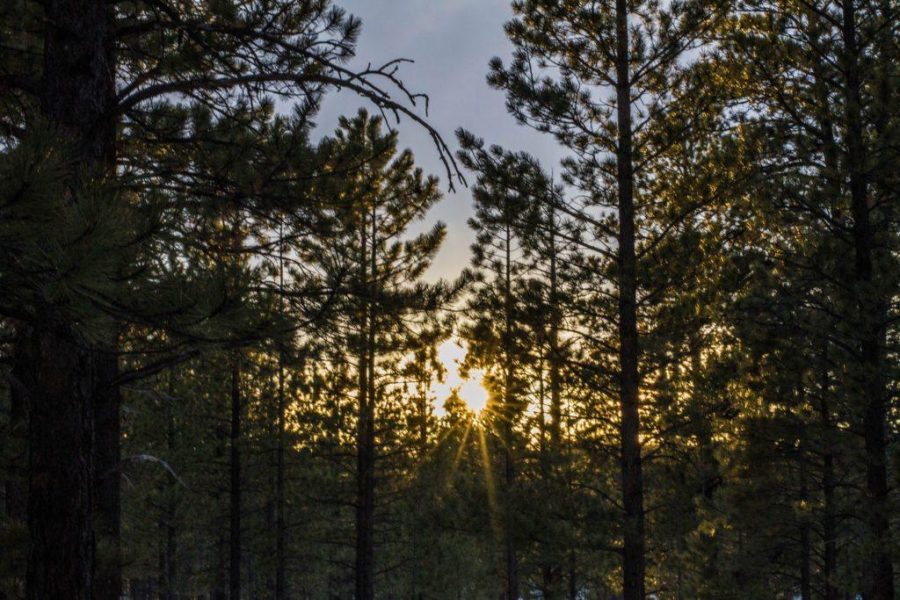Green summer leaves are now burnt orange, covering the ground. Temperatures are dropping and people are pulling boots and coats out from the back of the closet. For some, excitement is building as they wax their skis and await the day chairlifts creep to life.
For others however, the change to winter can trigger depression. Seasonal Affective Disorder (SAD) affects 10 to 20 percent of the population each year. SAD is a type of depression that follows the change in seasons, and the most common form of SAD begins in the winter and ends in the spring. This disorder can be hard to diagnose because the symptoms are so broad. Some call it the “winter blues,” but it’s much more than that.
SAD saps your energy, disrupts your sleep cycle, and makes you crave food, causing overeating and weight gain. Activities you once loved become chores, and you feel grumpy more frequently. It’s easy to dismiss at the start as just having a bad week or month. As the months stretch on, though, it’s important to recognize SAD as the problem it is and get help. SAD can significantly decrease your quality of life during the winter, and it affects your ability to function at a normal level.
University students can be susceptible to seasonal affective disorder because they’re already under a lot of stress dealing with November midterms, finals in December, and the start of a new semester in January.
Jarom Norris, a senior in entertainment arts and engineering and member of U Student Media, first felt the affects of SAD as a freshman. He struggled to attend classes as the weather became colder and the days grew darker. Norris recognized a drop in energy and a lack of motivation. He felt less creative, more unorganized, and all around stressed. He dropped out of an early morning physics class as he struggled to handle his class load and the depression that winter brought on.
At the time, Norris didn’t recognize what he was feeling as SAD, but year after year he saw the pattern. “It starts whenever it begins to get cloudier and tends to peak in January-February,” he says. “If we have a sunny winter, then I won’t feel it as much, but if it’s cloudy for a whole month then that feels bad. Once the green plants and the sunlight starts to come back in the spring those things begin to energize me.”
Now that he recognizes his seasonal affective disorder, he’s found ways to fight it. “I’m pretty extroverted, so being around people who like me always helps. And looking at the positives when I can — sometimes the depression that the clouds bring can be overruled if I stop to appreciate how pretty the falling snow is.”
Experts say the best way to fight SAD is to take advantage of sunny days. Get out into the light and take a nice hike or walk with a friend. For days when you’re stuck inside, sitting under a UV light can help. Exercise and taking vitamin D supplements is also beneficial.
With Utah’s snowy peaks, the best remedy to SAD is a powder day and a pair of skis. You can also hike up Diamond Fork Canyon and relax in the beautiful Fifth Water hot springs. Rent snowshoes from the U’s Outdoor Adventures and head to Big Cottonwood to trek Spruces or Guardsman Pass. Tell your close friends and family what you’re experiencing and avoid self-deprecating thoughts. If this doesn’t work, seek professional help. The one upside to suffering from SAD is that you can say for sure “this too shall pass.” Once the spring flowers bloom and the birds fly back home you can give yourself a big hug and a pat on the back, because you’ve made it through.
Photo by Esther Aboussou


